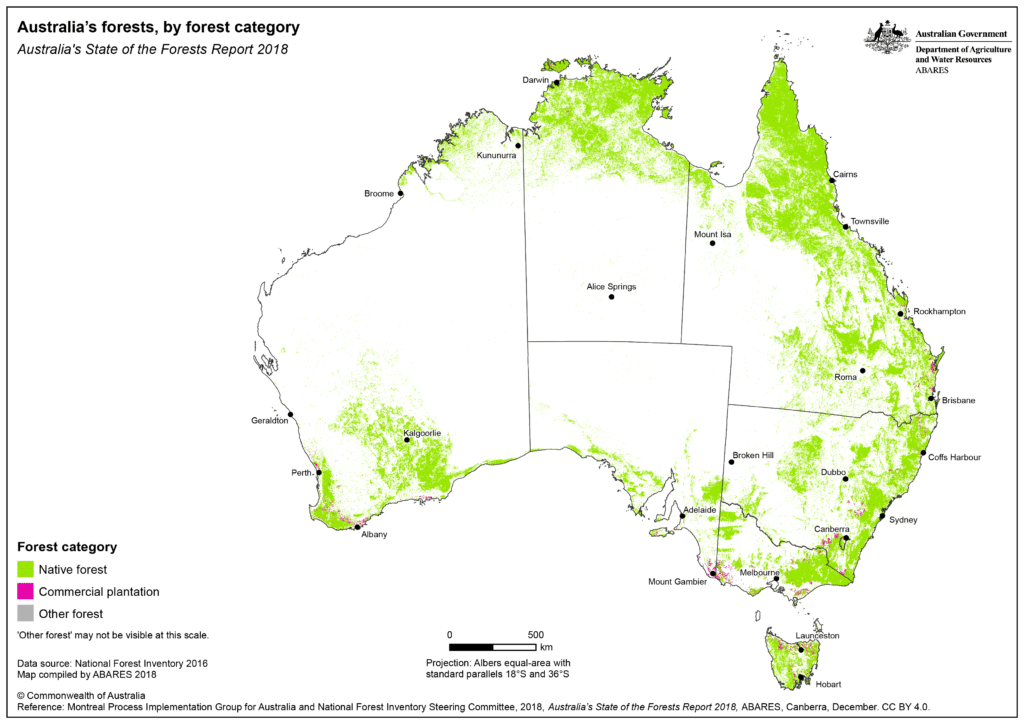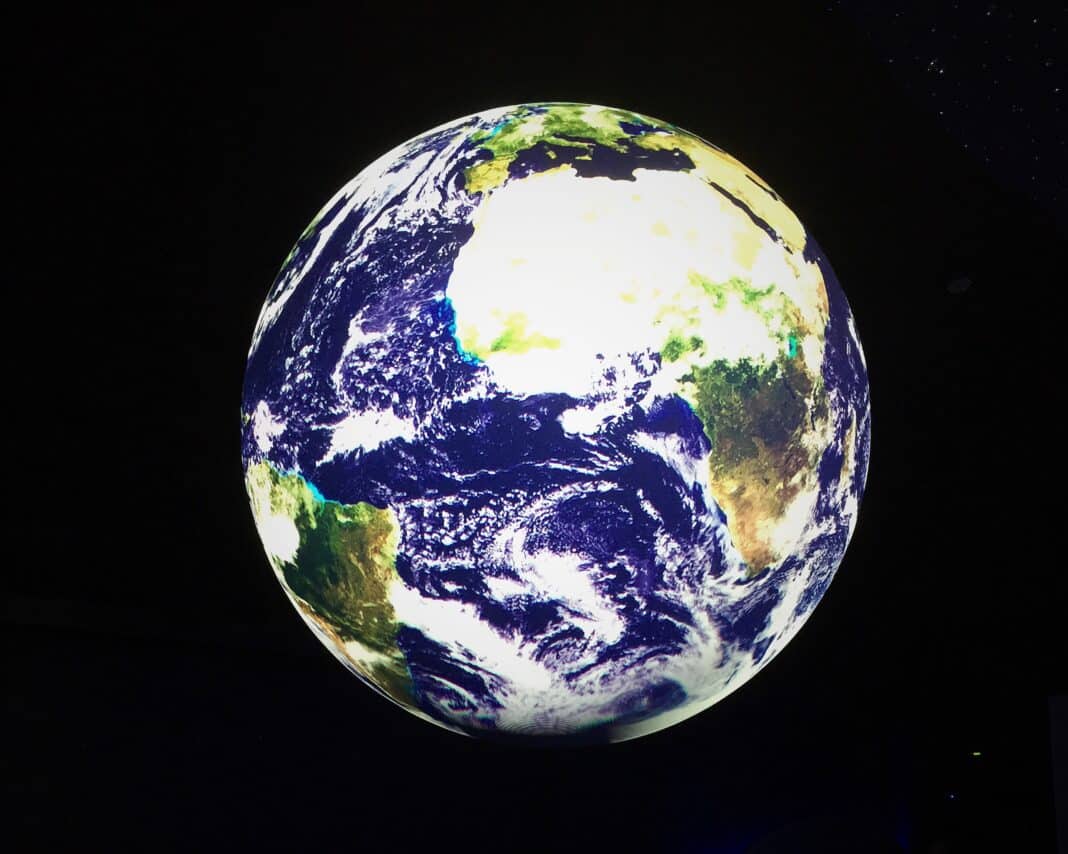Australia has recorded the second-highest rate of reforestation, an increase of 4.4 million hectares of forest area over the decade to 2020.
That is, according to the FAO Global Forest Resource Assessment, last published in November 2020.
It comes as the Australian Government hosted the UN Food and Agriculture Organization’s (FAO) Asia-Pacific Forestry Commission (APFC) in Sydney earlier this month.
More than 150 delegates from the Asia Pacific region attended, followed by the Montreal Process Working Group (MPWG), pushing to establish a framework of criteria and indicators to monitor forest degradation across temperate and boreal forests.
FAO completed its first assessment of the world’s forest resources in 1948.
At that time, its primary objective was to collect information on available timber supply to satisfy post-war reconstruction demand.
Since then, the Global Forest Resources Assessment (FRA) has evolved into a comprehensive evaluation of forest resources and their condition, management and uses, covering all the thematic elements of sustainable forest management.
The most recent report found that the “world has a total forest area of 4.06 billion hectares (ha), representing 31% of the total land area.”
It also noted that “the world’s forest area is decreasing, but the rate of loss has slowed”, thanks mainly to a reduction in deforestation and the global adoption of forest certification.

Nonetheless, the world’s growing stock of trees is declining, from 560 billion m3 in 1990 to 557 billion m3 in 2020, primarily driven by competition from agricultural land-clearing.
As it stands, Europe accounts for 25% of the world’s forest area, followed by South America (21%), North and Central America (19%), Africa (16%), Asia (15%) and Oceania (5%).
More than half (60%) of the world’s forest area is in only six countries – the Russian Federation, Brazil, Canada, the United States of America, China, and Australia with the ten countries with the largest forest area accounting for about two-thirds (66%) of global forests.

According to the FAO, China and Australia lead the way for reforestation – recording growth rates of 1,937,000 hectares and 446,0000 hectares per year.
“Oceania recorded the second-largest average annual net gain in forest area (after Asia) in 2010–2020, at 423 000 hectares, reversing the region’s negative trend of previous decades,” the FAO reported.
“The reversal mainly reflects changes reported by Australia, from an average annual net loss of 207 000 ha in 1990–2000 and 227 000 hectares in 2000–2010 to an average yearly net gain of 446 000 hectares in 2010–2020.”

The Wood Central Publisher spoke to key figures connected to Australian forestry who said forest certification, namely the introduction of the Australian Forestry Standard (now known as Responsible Wood), has been among the main drivers of the push towards reforestation.
“Almost 100% of Australia’s working forests are certified under the PEFC (Responsible Wood) or FSC forest certification schemes,” the insider said.
“The vast majority of Australia’s plantation forests are dual certified to both forest certification schemes.”
The Australian Forestry Standard was developed in 2002 and was the first scheme outside Europe to achieve PEFC endorsement in 2004.
Australian Forestry Standard was quickly followed by FSC certification, which was introduced into the Australian marketplace, with more than 20 million hectares of Australian forests now covered by both certification schemes.
“Now Australia has one of the highest rates of certification anywhere in the world, with 8% of the world’s certified forest area being Australian forests.”

Under both schemes, certified companies must commit to reforestation after harvest, ensuring extensive reforestation in native and plantation forests.
“This is regulated through a forest management plan which is assessed by an independent auditor which assesses the grower annually and in line with seasonal variation.”
In addition, the Australian Government reports on the criteria and indicators as part of its ‘State of the Forests’ series, with the Australian Department of Agriculture and Forestry reporting that “almost all of Australia’s indicators have a ‘strong’ alignment with the Montreal Process indicators, with most of the other indicators having a ‘partial’ alignment.”

The challenge in Australia is to invest in establishing more plantations to develop carbon sinks and meet the demand for forest products.
Last week, Wood Central reported that the Australian estate for plantation timber is at its lowest level for more than 20 years.
According to ABARES, the decline in plantation size “is due to ongoing conversion of hardwood plantations to other land uses,” with the total plantation area contracting by 28,000 hectares to 1.716 million.
For their part, the industry led by Australian Forest Product Association Acting CEO Natasa Sikman said the continued decline in plantations “is extremely concerning and a reminder that collectively, industry, federal and state governments and other decision and policymakers must work together to get more timber tree planted in the ground.”






